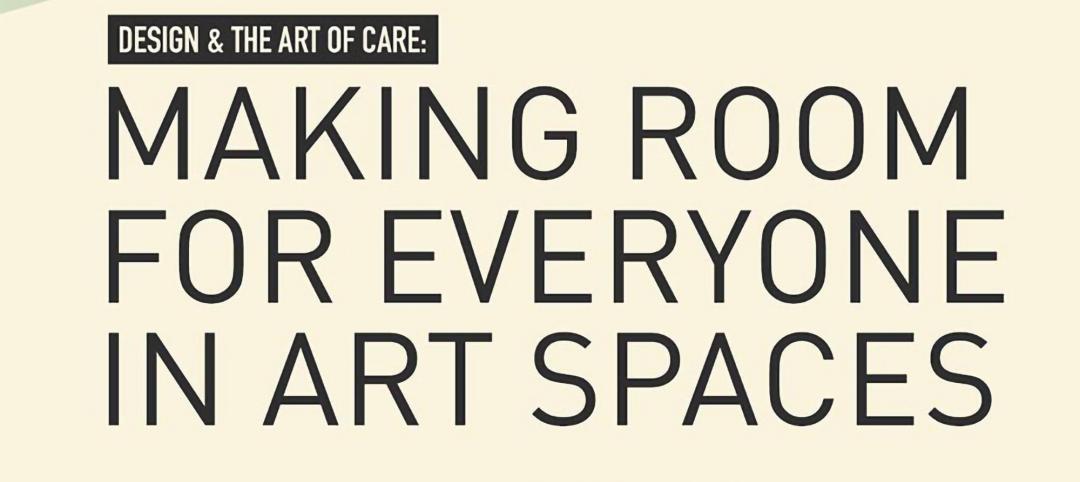GBBN has publicly released its Inflation Reduction Act (IRA) Calculator, a tool that helps our clients—and now the wider public—understand funding opportunities in the IRA for sustainable design.
“People generally understand the goals of the IRA, but in conversations with developers and others in the building industry, we’ve found they frequently don’t understand its details or the opportunities to support sustainability that it holds,” says GBBN Associate, Stefan Cornelis. “So, we set out with our partner, CMTA, to create a quick, easy-to-use tool that will help people test the financial impact of different sustainability strategies.”
By answering a brief series of questions about the sustainability features your project may involve—for example, does it include renewable energy, high-efficiency HVAC systems, or affordable housing—you can discover potential funding opportunities.
What is an IRA Calculator?
“It’s a bit like a mortgage calculator,” says GBBN Director of Sustainability & Resilience, Tiffany Broyles Yost AIA, LEED AP BD+C, Fitwel Ambassador. “Without having to review the legislation yourself, it can help you figure out a sustainability strategy that makes sense for your project.”
The team that developed the IRA Calculator tested it with several real-world case studies and found that individual projects can be eligible for hundreds of thousands (or even millions) of dollars in incentives to support sustainable design.
“This is great news,” explains Tiffany. “With lower operational costs and increased resilience, healthy, sustainable design is frequently more attractive over the long-term, but higher upfront costs often lead people to sacrifice these long-term outcomes to make the financing work in the short-term.”
The IRA Calculator is not a substitute for professional tax advice, but it can help developers take the right questions to their financial team.
Access our IRA Calculator here. Learn more about GBBN’s approach to sustainability here.
More from Author
GBBN | Sep 12, 2024
How space supports programming changes at university libraries
GBBN Associate Sarah Kusuma Rubritz, AIA, uses the University of Pittsburgh's Hillman Library to showcase how libraries are transforming to support students’ needs.
GBBN | Jul 3, 2024
New science, old buildings: Renovating for efficiency, flexibility, and connection
What does the research space of the future look like? And can it be housed in older buildings—or does it require new construction?
GBBN | Jun 3, 2024
Insights for working well in a hybrid world
GBBN Principal and Interior Designer Beth Latto, NCIDQ, LEED AP, ID+C, WELL AP, share a few takeaways, insights, and lessons learned from a recent Post Occupancy Evaluation of the firm's Cincinnati, Ohio, office.
GBBN | Jan 25, 2024
Tactical issues for renovating university research buildings
Matthew Plecity, AIA, ASLA, Principal, GBBN, highlights the connection between the built environment and laboratory research, and weighs the benefits of renovation vs. new construction.
GBBN | Dec 14, 2023
What's next for affordable housing in 2024?
As 2023 draws to a close, GBBN’s Mary Jo Minerich and Amanda Markovic, AIA sat down to talk about the future. What’s next in terms of trends, technology, and construction of affordable housing?
GBBN | Oct 11, 2023
Leveraging land and light to enhance patient care
GBBN interior designer Kristin Greeley shares insights from the firm's latest project: a cancer center in Santa Fe, N.M.
GBBN | Aug 31, 2023
Small town takes over big box
GBBN associate Claire Shafer, AIA, breaks down the firm's recreational adaptive reuse project for a small Indiana town.
GBBN | Jun 20, 2023
Designing arts spaces that curate inclusivity
GBBN's Julia Clements and Marcene Kinney, AIA, LEED AP, talk tips for designing inclusive arts spaces.
GBBN | Mar 22, 2023
Onsite prefabrication for healthcare construction: It's more than a process, it's a partnership
Prefabrication can help project teams navigate an uncertain market. GBBN's Mickey LeRoy, AIA, ACHA, LEED AP, explains the difference between onsite and offsite prefabrication methods for healthcare construction projects.
GBBN | Mar 8, 2023
Is Zoom zapping your zip? Here are two strategies to help creative teams do their best work
Collaborating virtually requires a person to filter out the periphery of their field of vision and focus on the glow of the screen. Zoom fatigue is a well-documented result of our over-reliance on one method of communication to work. We need time for focus work but working in isolation limits creative outcomes and innovations that come from in-person collaboration, write GBBN's Eric Puryear, AIA, and Mandy Woltjer.

















